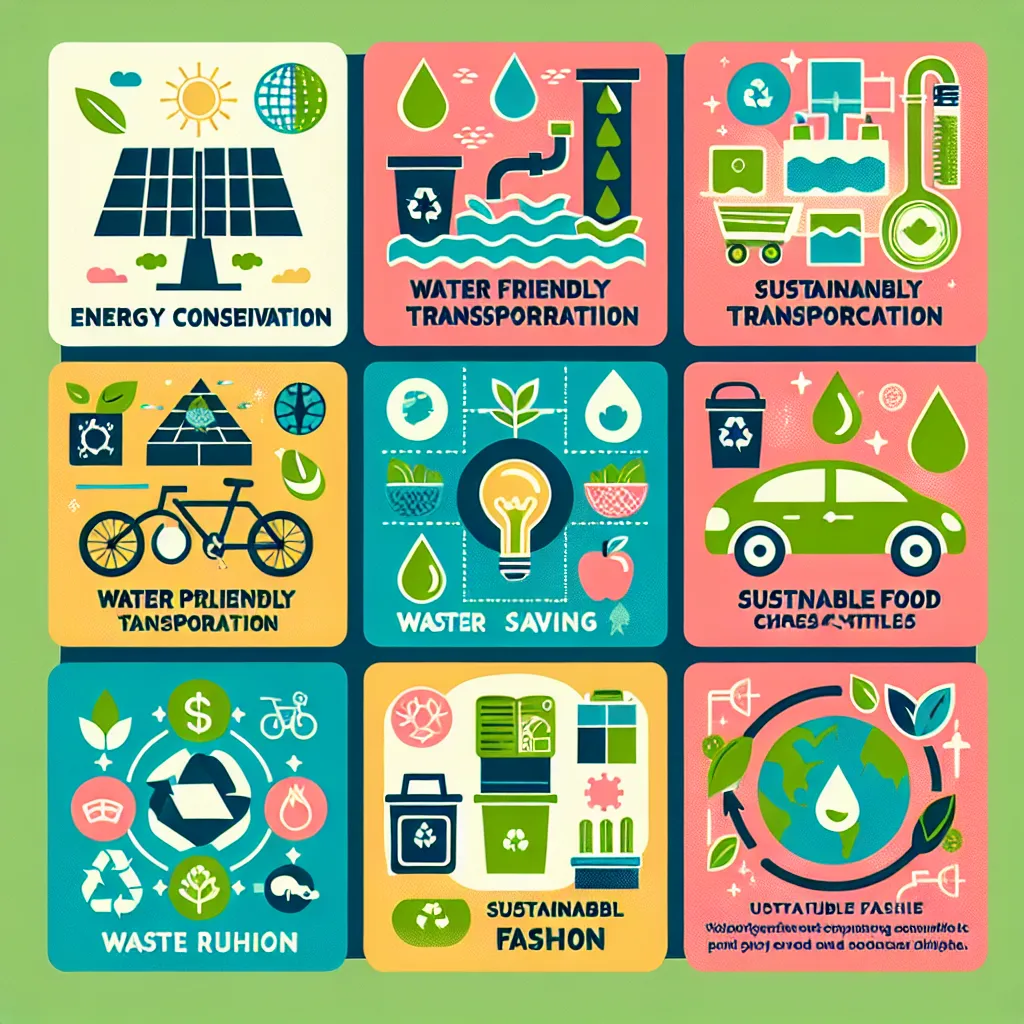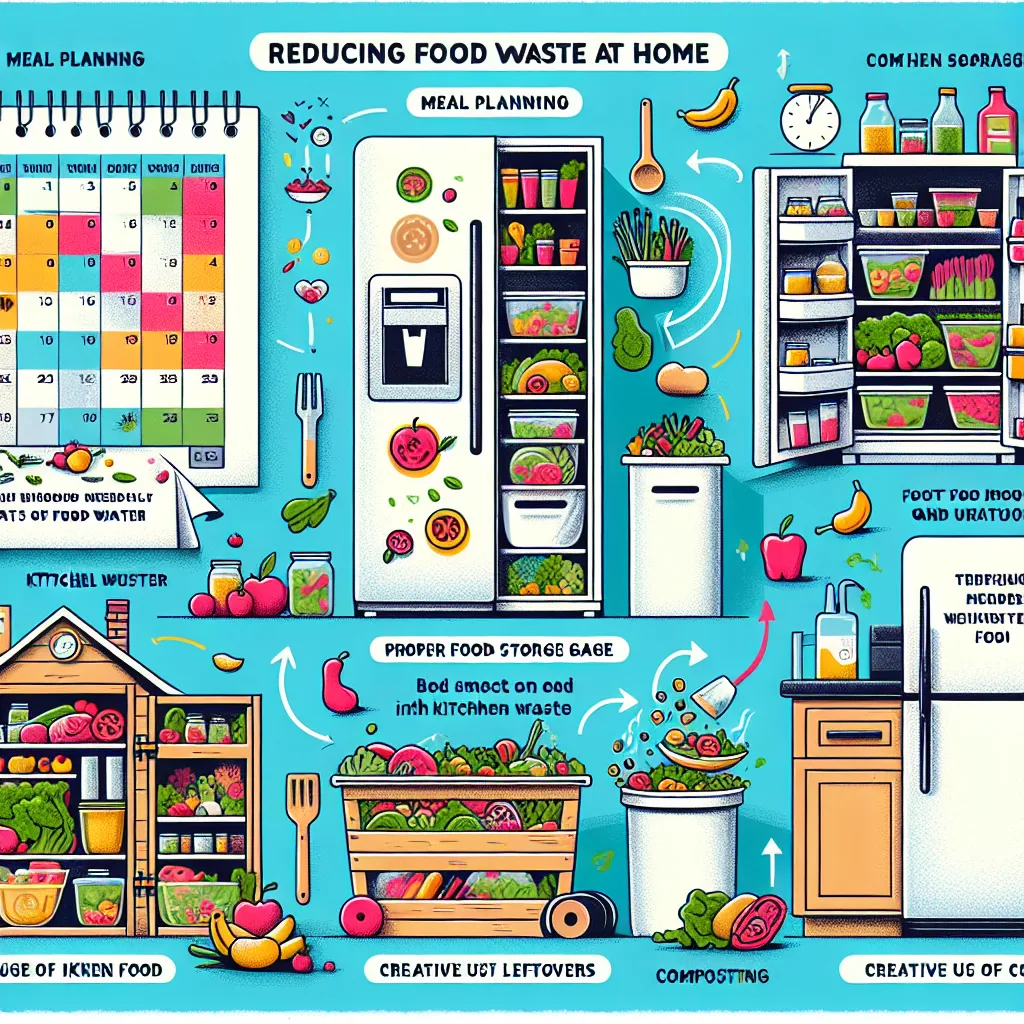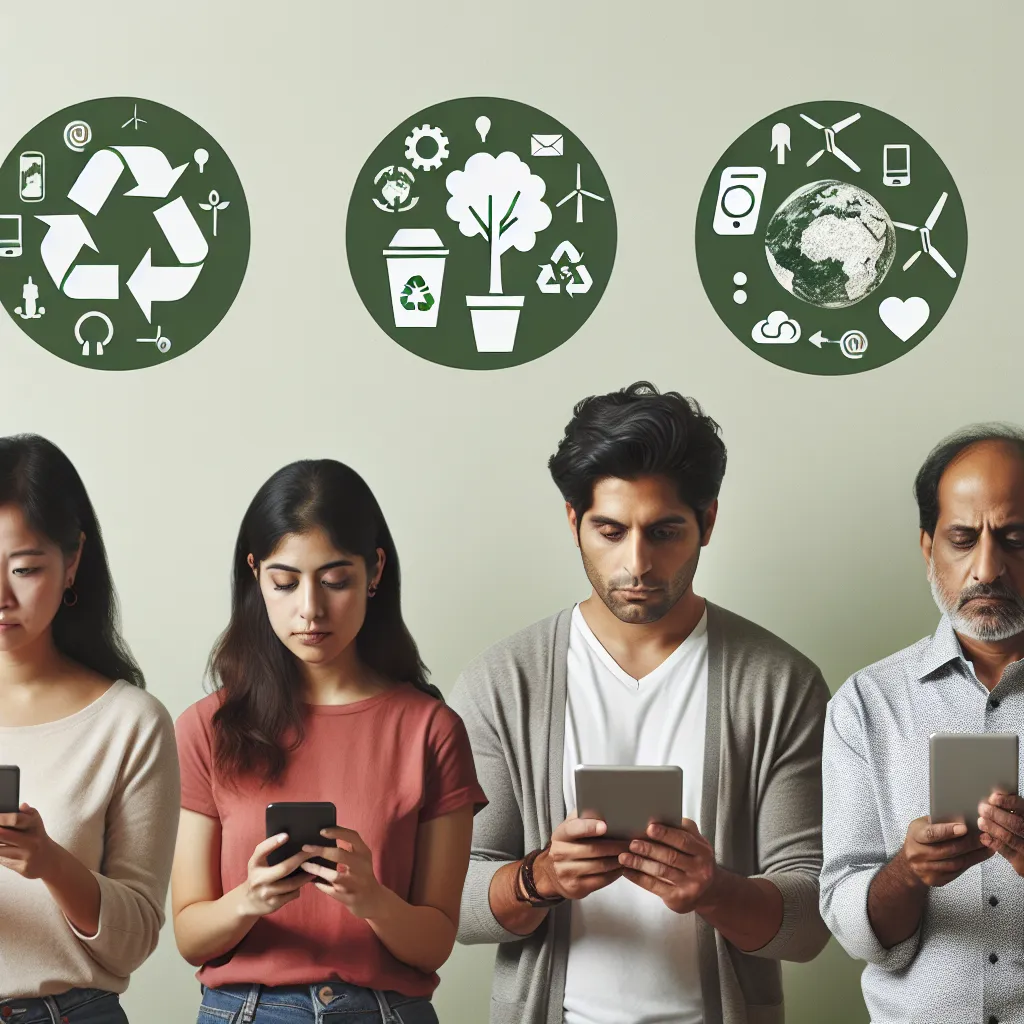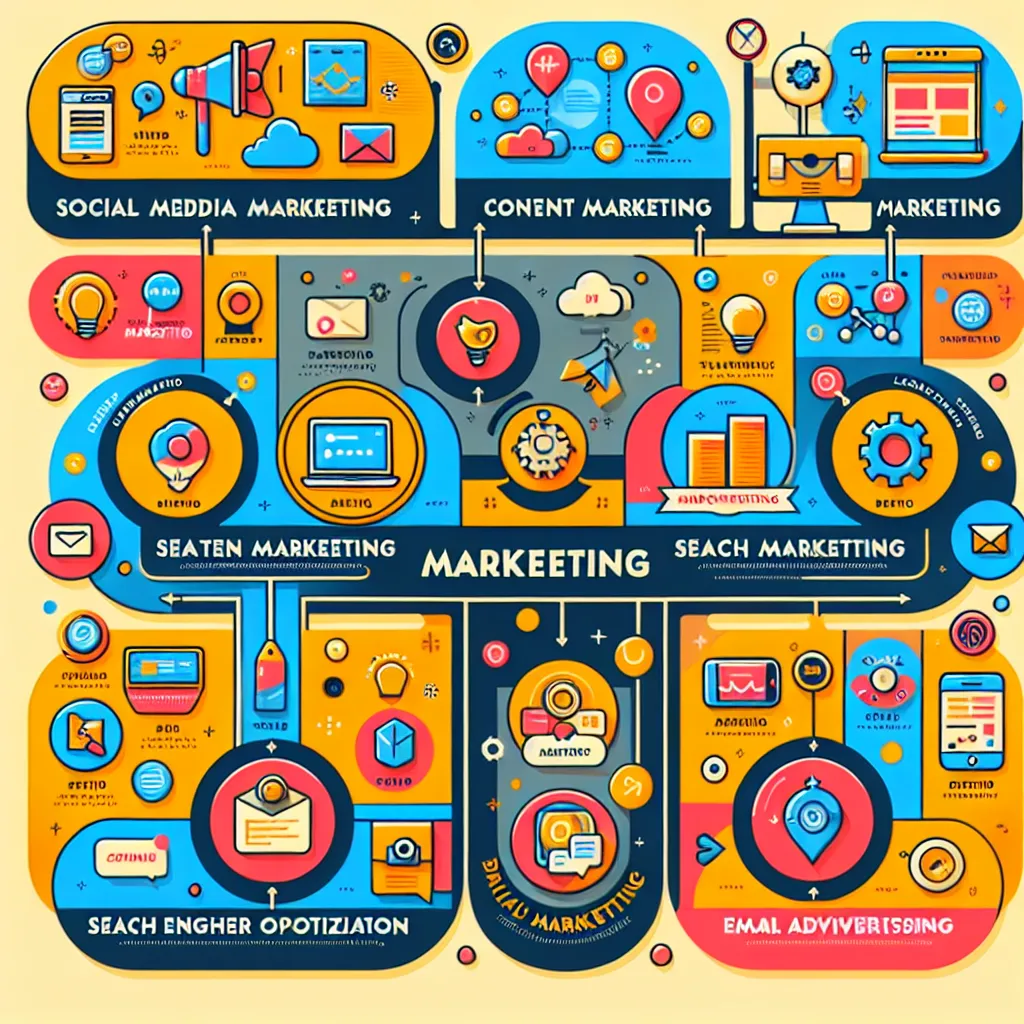The IELTS Reading test is a crucial component of the IELTS exam, assessing candidates’ ability to understand and interpret written English. Today, we’ll focus on a topic that has gained significant traction in recent years: sustainable living. Based on our analysis of past IELTS exams and current global trends, the subject of “Top sustainable living tips” is increasingly relevant and likely to appear in future tests.
Nội dung bài viết
Sustainable living has become a pressing concern in our modern world, making it a popular topic for IELTS Reading passages. As an experienced IELTS instructor, I’ve noticed a growing frequency of sustainability-related texts in recent exams. This trend suggests a high probability of encountering similar themes in upcoming tests. Let’s dive into a practice reading passage on this vital subject to sharpen your skills and prepare for the real exam.
Reading Passage
Sustainable Living: Small Changes, Big Impact
Climate change and environmental degradation are among the most pressing issues of our time. As individuals, we often wonder how we can make a difference. The good news is that small changes in our daily lives can collectively have a significant impact on the planet. Here are some top sustainable living tips that anyone can implement to reduce their carbon footprint and live more harmoniously with the environment.
One of the most effective ways to live sustainably is to reduce energy consumption at home. This can be achieved through simple actions like switching to LED light bulbs, which use up to 75% less energy than traditional incandescent bulbs. Additionally, unplugging electronics when not in use and using smart power strips can prevent “vampire energy” drain, which accounts for up to 10% of a home’s energy use.
Water conservation is another crucial aspect of sustainable living. Installing low-flow showerheads and faucet aerators can significantly reduce water usage without compromising functionality. Collecting rainwater for gardening purposes and fixing leaky pipes promptly are also effective water-saving strategies.
Transportation is a major contributor to carbon emissions. Opting for public transport, carpooling, or cycling instead of driving alone can dramatically reduce one’s carbon footprint. For unavoidable car journeys, maintaining proper tire pressure and avoiding aggressive driving can improve fuel efficiency.
Our food choices also play a significant role in sustainability. Reducing meat consumption, especially beef, can have a substantial environmental impact, as livestock farming is a major source of greenhouse gas emissions. Choosing locally sourced, seasonal produce not only supports local economies but also reduces the carbon footprint associated with long-distance food transportation.
Waste reduction is a cornerstone of sustainable living. Embracing the “reduce, reuse, recycle” mantra can significantly decrease the amount of waste sent to landfills. Composting organic waste, using reusable shopping bags, and avoiding single-use plastics are effective ways to minimize waste.
Sustainable fashion is an often-overlooked aspect of eco-friendly living. The fast fashion industry is a major polluter and contributor to landfill waste. Opting for quality, durable clothing, shopping second-hand, and repairing clothes instead of discarding them can help mitigate this issue.
Finally, educating oneself and others about sustainable living is crucial. Staying informed about environmental issues and sharing knowledge with friends and family can create a ripple effect, inspiring more people to adopt eco-friendly practices.
In conclusion, sustainable living doesn’t require drastic lifestyle changes. By implementing these tips and continuously seeking ways to reduce our environmental impact, we can collectively work towards a more sustainable future. Remember, every small action counts in the grand scheme of environmental conservation.
 Sustainable living tips infographic
Sustainable living tips infographic
Questions
True/False/Not Given
Determine if the following statements are True, False, or Not Given based on the information in the passage.
- LED light bulbs use 75% less energy than incandescent bulbs.
- Unplugging electronics can save up to 20% of a home’s energy use.
- Low-flow showerheads reduce water usage without affecting shower quality.
- Cycling is the most environmentally friendly mode of transport.
- Beef consumption has the highest environmental impact among meat products.
- Composting can help reduce landfill waste.
- The fast fashion industry is the biggest contributor to global pollution.
Multiple Choice
Choose the correct letter, A, B, C, or D.
-
According to the passage, which of the following is NOT mentioned as a way to reduce energy consumption at home?
A) Using LED light bulbs
B) Unplugging electronics when not in use
C) Installing solar panels
D) Using smart power strips -
Which transportation-related action is suggested to improve fuel efficiency?
A) Carpooling
B) Using public transport
C) Maintaining proper tire pressure
D) Cycling -
What does the passage suggest about sustainable fashion?
A) It’s the most important aspect of sustainable living
B) It’s often overlooked in discussions about sustainability
C) Fast fashion is more sustainable than previously thought
D) Buying new clothes regularly is good for the environment
Matching Headings
Match the following headings to the correct paragraphs in the passage. Write the correct number i-viii next to questions 11-14.
i. The Impact of Our Food Choices
ii. Conserving Water Resources
iii. Reducing Household Energy Usage
iv. The Importance of Sustainable Fashion
v. Transportation and Carbon Footprint
vi. Waste Management Strategies
vii. Educating Others on Sustainability
viii. The Power of Small Changes
- Paragraph 2: __
- Paragraph 3: __
- Paragraph 6: __
- Paragraph 7: __
Answer Key and Explanations
-
True – The passage states that LED bulbs use “up to 75% less energy than traditional incandescent bulbs.”
-
False – The passage mentions “vampire energy” drain accounts for “up to 10% of a home’s energy use,” not 20%.
-
Not Given – While the passage mentions low-flow showerheads reduce water usage, it doesn’t comment on shower quality.
-
Not Given – The passage suggests cycling as an eco-friendly option but doesn’t state it’s the most environmentally friendly.
-
True – The passage indicates that reducing beef consumption can have a substantial environmental impact.
-
True – Composting organic waste is mentioned as an effective way to minimize waste sent to landfills.
-
False – While the fast fashion industry is described as a major polluter, it’s not stated as the biggest contributor to global pollution.
-
C – Installing solar panels is not mentioned in the passage as a way to reduce energy consumption at home.
-
C – The passage states that “maintaining proper tire pressure” can improve fuel efficiency for unavoidable car journeys.
-
B – The passage describes sustainable fashion as “an often-overlooked aspect of eco-friendly living.”
-
iii – This paragraph discusses reducing energy consumption at home.
-
ii – This paragraph is about water conservation methods.
-
vi – This paragraph focuses on waste reduction strategies.
-
iv – This paragraph discusses the importance of sustainable fashion choices.
Common Mistakes and Tips
When tackling IELTS Reading passages like this one, be aware of these common pitfalls:
-
Overgeneralizing: Avoid assuming information that isn’t explicitly stated in the text. For example, while cycling is mentioned as eco-friendly, the passage doesn’t claim it’s the most environmentally friendly option.
-
Misinterpreting percentages: Pay close attention to specific figures. The 10% energy drain from “vampire energy” could easily be misremembered as a higher percentage.
-
Overlooking key words: Words like “often” or “can” are crucial. In the sustainable fashion question, the key was recognizing it as “often-overlooked,” not necessarily the most important aspect.
-
Rushing through the text: Take time to read carefully. Some answers, like those in the matching headings section, require understanding the main idea of each paragraph.
Vocabulary
- Carbon footprint: /ˈkɑːbən ˈfʊtprɪnt/ (noun) – The amount of carbon dioxide released into the atmosphere as a result of one’s activities.
- Sustainable: /səˈsteɪnəbl/ (adjective) – Able to be maintained at a certain rate or level without depleting natural resources or causing ecological damage.
- Incandescent: /ˌɪnkænˈdesnt/ (adjective) – (Of an electric light) producing light as a result of being heated.
- Vampire energy: /ˈvæmpaɪər ˈenədʒi/ (noun) – The electricity consumed by electronic devices while they are switched off or in standby mode.
- Aerator: /ˈeəreɪtər/ (noun) – A device that mixes air with water flowing through a faucet or showerhead to reduce water usage.
Grammar Focus
Pay attention to the use of modals for suggesting and advising in the passage:
- “can be achieved”
- “can prevent”
- “can significantly reduce”
- “can dramatically reduce”
These structures are commonly used to give advice or suggest possibilities, which is particularly relevant in a text about tips for sustainable living.
Tips for High Scores in IELTS Reading
-
Time management: Practice with timed exercises to ensure you can complete all questions within the allotted 60 minutes.
-
Skim and scan: Quickly skim the passage for main ideas, then scan for specific details when answering questions.
-
Vocabulary building: Regularly read articles on various topics to expand your vocabulary, especially in areas like environment and sustainability.
-
Practice different question types: Familiarize yourself with all IELTS question formats to improve your speed and accuracy.
-
Careful reading: Pay attention to qualifiers and modifiers in both the passage and questions to avoid misinterpretation.
-
Use context clues: If you encounter unfamiliar words, try to deduce their meaning from the surrounding context.
-
Review and check: If time allows, review your answers to catch any careless mistakes.
Remember, consistent practice with varied texts and question types is key to improving your IELTS Reading score. Stay informed about current global issues, as topics like sustainable living are increasingly relevant in IELTS exams.
For more IELTS preparation resources, check out our articles on challenges of sustainable urban development and how to create a sustainable home. These will provide additional context and vocabulary related to sustainability, further enhancing your reading skills for the IELTS exam.


